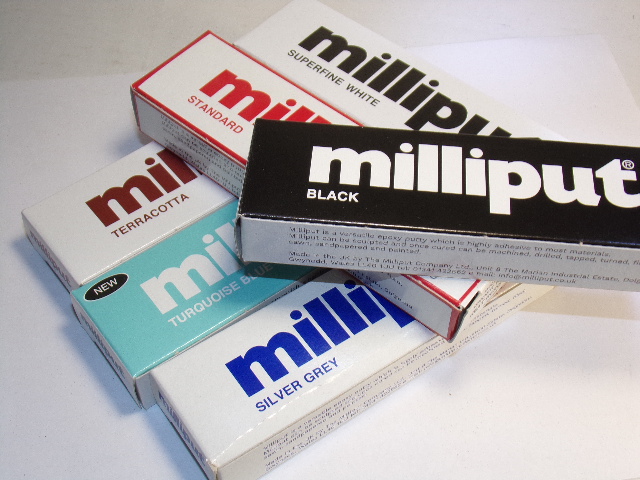

My model represents the Flight Leader's F4B-4 from "Fighting Six" the "Felix the Cat Squadron" visiting the USS Saratoga in 1935, as depicted by the fully painted red cowl, numeral "1", and white tail on the aircraft. These types of outriggers would be retained for expedient use on carriers during WWII. These outriggers were used to save precious space while parking aircraft above deck while retaining the use of the flight deck for take off and landing.

The Saratoga and several other aircraft carriers were selected to try out different types of deck outriggers for the Navy in the interwar era. It represents an F4B-4 positioned on an experimental outrigger aboard the USS Saratoga during the late 1930s.

This was a fun build that took me about 4 months to complete, working at least 10-15 hours a week. Aircraft Carriers", and various on-line sources, including Large Scale Planes for references. I used Squadron's "P-12/F4B In Action", "Aircraft in Profile's Boeing F4B", The American Fighter Plane", "U.S.The base is designed to support the model about 6 inches off the table top. The display base is made from wood and styrene sheet, with a data informations and photos of actual aircraft on outriggers printed using Power Point.The deck tie-down channels were made from Tom's Model Works 1/32 carrier tie down strip and K&S brass "U" shaped channel cut and ground to size. Other "plumbing" details for the walkway are made with K&S brass tube and rod. The hose itself is Milliput putty rolled into a long continuous "rope". The fire hose reel and watertight door for the carrier deck passageway were Vac-formed on my old Mattel Vac-U-Form machine using styrene masters. Various sections of scale model ship thread were used for rope, wire and tie down material. The stanchions are K&S brass tube soldered and fitted with brass wire for retaining rings. Carrier Deck walkway gratings are made of Radio Shack fiber circuit board material, while the walkway wire railings and chain are from the jewelry section of my local Michael's craft store.The figure of the flight deck Officer is an a 54mm Andrea miniatures kit, painted in Model Master enamels and oil paint.Color", Alclad II, and Tamiya lacquers with Testors Model Master colors for the deck/outrigger. The carrier deck and outrigger is made from various Evergreen Styrene shapes, angles and sheets, with the deck itself made from strip mahogany "doll house" flooring purchased at my local Hobby Lobby.Kit and Yellow Wings decals were used for the F4B-4 while the outrigger and carrier deck decals and the "Flight Deck Officer" shirt markings were printed on my bubble jet printer.built a similar outrigger for his Hasegawa Curtis FB11C. Plans don't exist for this, but I got the idea from a British modeling club website in which a modeler from the U.K. The section of Flight deck and the outrigger rail was entirely scratchbuilt as were the details. The tail wheel swivels, just like the real thing, so it can be positioned on the deck outrigger section as if it was pushed back into place. The rudder was also removed and replaced, and the tail wheel was constructed from K&S brass and soldered. The horizontal stabilizer flying surfaces were cut out, new hinges were made, and it was repositioned in a downward position, as most photos I've seen show the flying surfaces drooping. The engine front is salvaged from the kit, but the original cylinders attached were removed and the engine cover ground down and hollowed out from the inside to fit over the Williams Brothers engine. The area behind the engine was faired in using sheet styrene cut and bent to shape to account for each cylinder. The kit is the old 1/32 Hasegawa F4B-4 with lots of modification including a completely scratchbuilt cockpit interior, windscreen, tailwheel, and with an engine donated from an old Williams Brothers engine kit (they used to sell their engines separately). Hasegawa 1/32 F4B-4 on Carrier Flight Deck Outrigger By Russell Bucy


 0 kommentar(er)
0 kommentar(er)
